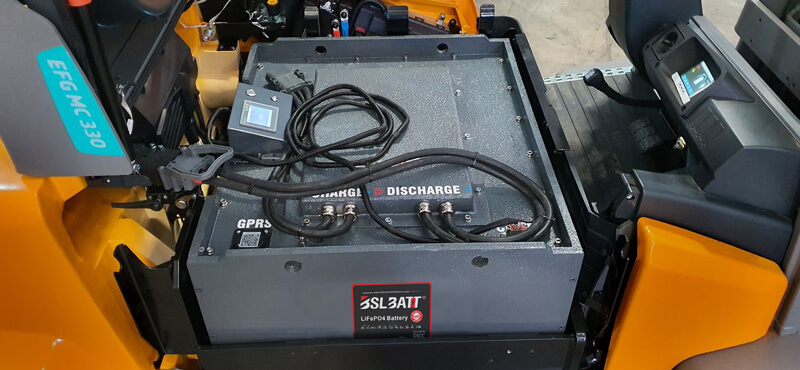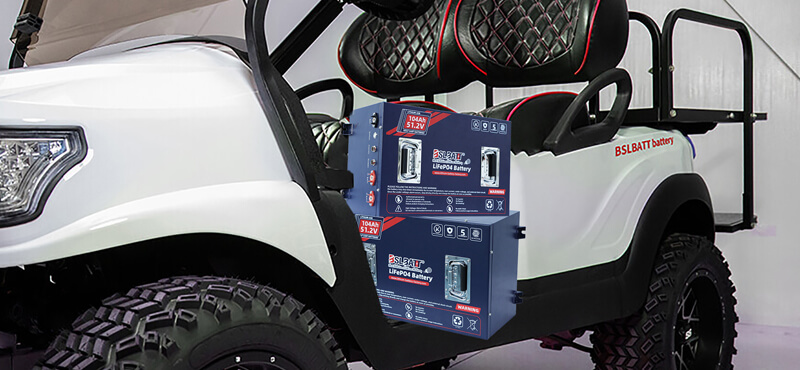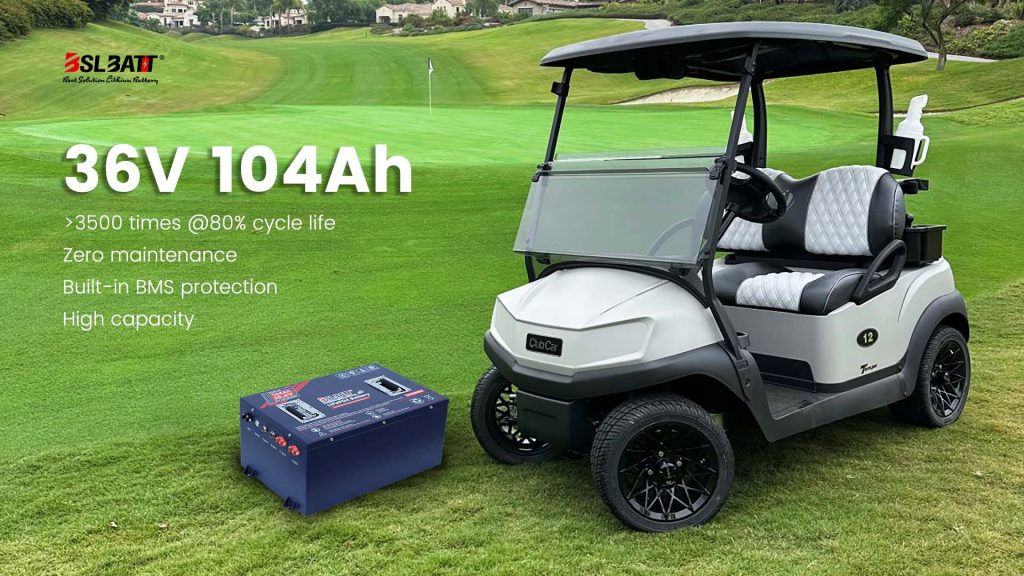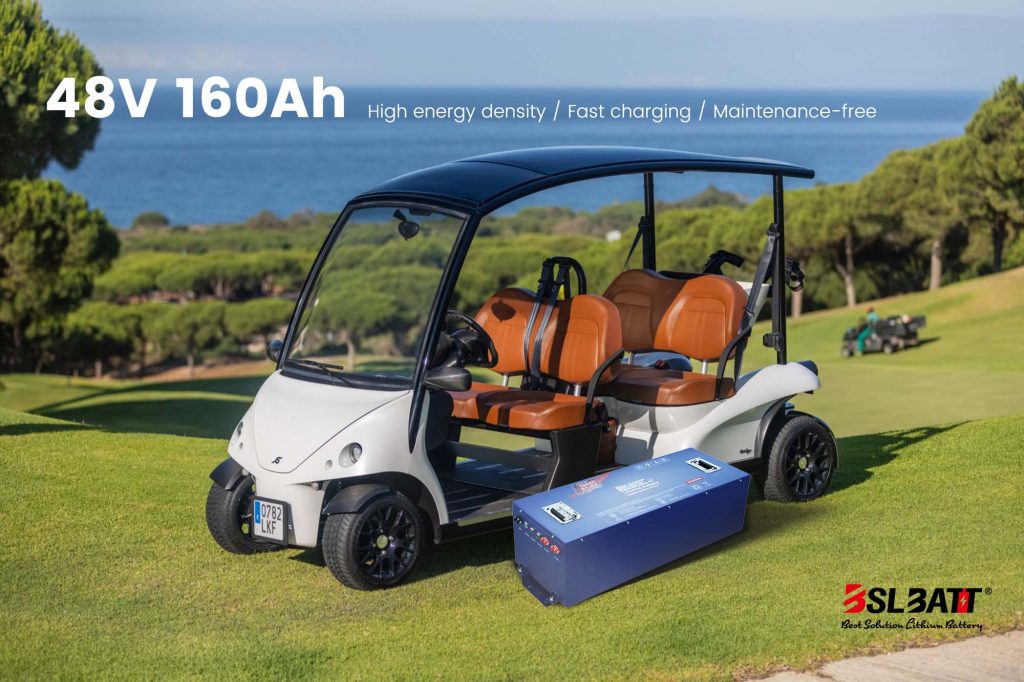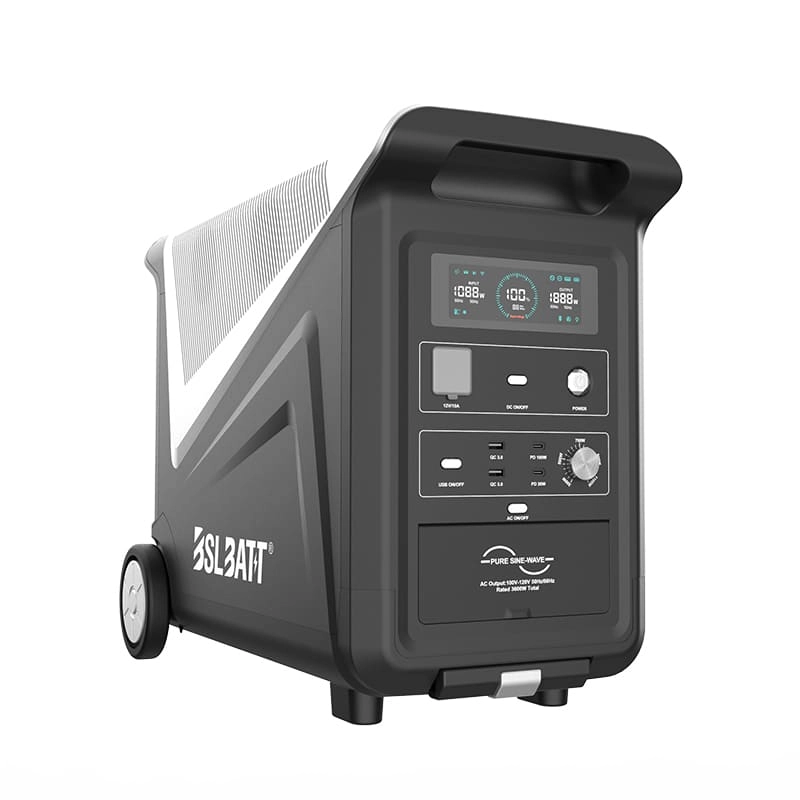
- China
- English
- Françai
- Español
- Deutsch
- Română
- العربية
- 한국어
- 日本語
- Italiano
- Português
- Gaeilge
- Dansk
- Čeština
- Русский
- Afrikaans
- Euskara
- Català
- Esperanto
- हिन्दी
- Ελληνικά
- Bahasa Melayu
- Polski
- Српски
- Kiswahili
- ภาษาไทย
- Tiếng Việt
- Türkçe
- Svenska
- Cymraeg
- Slovenčina
- Latviešu
- Malti
- Magyar
- Galego
- ગુજરાતી
- Eesti Keel
- বাংলা
- Shqip
- беларуская мова
- Nederlands
- Tagalog
- ქართული
- Íslenska
- Kreyòl Ayisyen
- Lietuvių
- Norsk
- slovenščina
- தமிழ்
- Українська
- ײִדיש
- اردو
- తెలుగు
- فارسی
- македонски
- ಕನ್ನಡ
- Bahasa Indonesia
- עברית
- Suomi
- Hrvatski
- Български
- Azerbaijani

Industry Application
Product Type
How to Calculate Lithium Battery Charging Time and Current
Calculating battery charge time is essential for maintaining battery health, ensuring device safety, and optimizing charging efficiency. Understanding the appropriate charge rate and duration helps prevent issues such as overcharging, overheating, and potential damage to both the battery and the device. This knowledge is crucial whether you’re using a LiPo battery for a drone or a Li-ion battery for everyday electronics.

Key Formulas for Lithium Battery Charging Calculation
Formula for Charging Time
To calculate the charging time for a lithium battery, you can use the formula:
[ T = \frac{C}{A} ]
Here, (T) represents the charging time in hours, (C) is the battery capacity in ampere-hours (Ah), and (A) is the charging current in amperes (A). This formula provides a straightforward way to estimate how long it will take to charge your battery fully.
For example, if you have a battery with a capacity of 2000mAh (2Ah) and a charging current of 1A, the charging time would be:
[ T = \frac{2}{1} = 2 \text{ hours} ]
| Charging Time (T) | Battery Capacity (C) | Charging Current (A) |
|---|---|---|
| T = C / A | Ah | Amps |
This calculation assumes ideal conditions without accounting for efficiency losses, which we will discuss later.
Formula for Charging Current
The charging current is typically calculated based on the battery’s capacity. A safe range for lithium batteries is between 0.5C and 1C, where (C) is the battery capacity in ampere-hours.
Steps to calculate charging current:
- Multiply the battery capacity by 0.5 to determine the lower limit.
- Multiply the battery capacity by 1 to determine the upper limit.
For a 3000mAh (3Ah) battery:
- At 0.5C, the charging current is (3 \times 0.5 = 1.5A).
- At 1C, the charging current is (3 \times 1 = 3A).
Using this range ensures safe and efficient charging while protecting the battery’s lifespan.
Accounting for Efficiency Losses
Lithium battery charging calculation must account for efficiency losses to provide accurate results. These losses occur due to internal resistance, heat generation, and inefficiencies in the charging circuitry.
- Under optimal conditions, efficiency losses are around 16%.
- In practical scenarios, losses can increase to 33%.
- When charging a large battery with a smaller one, losses may reach up to 66%.
For example, if a battery requires 2Ah to charge fully and the efficiency loss is 20%, the actual energy needed would be:
[ 2 \times 1.2 = 2.4 \text{ Ah} ]
By considering these losses, you can adjust your calculations to ensure accurate charging times and currents.
Factors Affecting Lithium Battery Charging Calculation
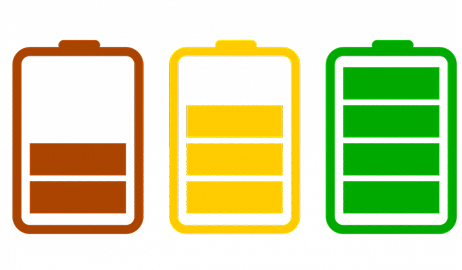
Battery Capacity and Voltage
Battery capacity and voltage play a critical role in determining charging time and current. Capacity, measured in ampere-hours (Ah), directly influences how long it takes to charge a battery. You can calculate charging time using the formula:
[ T = \frac{C}{A} ]
where (T) is time in hours, (C) is capacity in Ah, and (A) is charging current in amperes. Similarly, charging current can be calculated as:
[ I = \frac{C}{t} ]
where (I) is current in amperes and (t) is the desired charging time in hours.
| Formula | Description |
|---|---|
| T = C/A | Charging time in hours is calculated by dividing battery capacity by charging current. |
| I = C/t | Charging current is calculated by dividing battery capacity by desired charge time. |
Voltage also matters because it determines the compatibility between the battery and the charger. Using a charger with the wrong voltage can damage the battery or reduce its lifespan.
Charger Output and Efficiency
The charger’s output and efficiency significantly affect lithium battery charging calculation. Chargers should ideally provide a current between 0.5C and 1C of the battery’s capacity. For example, a 2000mAh battery should be charged with a current between 1A and 2A.
- Charging at a slower rate is safer and extends battery life.
- Use chargers rated for about 1/4 of the battery capacity.
- Avoid leaving devices connected after charging is complete.
| Charging Time (hours) | Battery Capacity (Ah) | Charge Current (A) |
|---|---|---|
| 10 | 100 | 10 |
Chargers designed for lithium batteries manage voltage and current precisely, ensuring safe and efficient charging.
Environmental Conditions
Environmental factors, such as temperature and humidity, also influence charging performance. Extreme temperatures can slow down charging or damage the battery. For optimal results, charge your battery in a temperature range of 20°C to 25°C. High humidity can also affect the charger’s efficiency and increase the risk of short circuits.
Tip: Always charge your battery in a cool, dry place to maintain its health and ensure safety.
Practical Examples of Lithium Battery Charging Calculation
Example 1: Calculating Charging Time for a 2000mAh Battery
To calculate the charging time for a 2000mAh lithium battery, you can use different approaches depending on the level of detail required. The table below outlines three methods:
| Formula | Description | Example |
|---|---|---|
| Charging Time = Battery Capacity / Charging Current | Basic formula for estimating charging time | 2000mAh / 1000mA = 2 hours |
| Charging Time = (Battery Capacity / Charging Efficiency) / Charging Current | Considers efficiency losses | (2000mAh / 0.85) / 1000mA = 2.35 hours |
| Charging Time = (Battery Capacity / Charger Output) × 1.5 | Includes safety factor | (2000mAh / 1000mA) × 1.5 = 3 hours |
These calculations show how efficiency losses and safety factors can extend charging time. Always consider these factors for accurate results.
Example 2: Adjusting for Efficiency Losses
Efficiency losses occur due to heat and internal resistance. To adjust for these losses, you should multiply the battery capacity by a factor that accounts for the loss percentage. For instance, if a 2000mAh battery has an efficiency of 85%, the actual energy required is:
[ \text{Required Capacity} = \frac{\text{Battery Capacity}}{\text{Efficiency}} = \frac{2000}{0.85} = 2353 \text{mAh} ]
Using this adjusted capacity ensures your calculations reflect real-world conditions. This step is crucial for accurate lithium battery charging calculation.
Example 3: Determining Safe Charging Current
To determine a safe charging current, follow these steps:
- Use a rate between 0.5C and 1C, where (C) is the battery capacity in ampere-hours.
- For a 2000mAh battery, the recommended charging current ranges from 1A (0.5C) to 2A (1C).
- Monitor the temperature during charging and avoid overcharging.
- Use chargers designed specifically for lithium batteries and follow the manufacturer’s guidelines.
For example, a 3000mAh battery can safely charge at 1.5A (0.5C) or 3A (1C). Always ensure the charger complies with safety standards, such as short circuit and overcurrent protection, to prevent damage.
Tip: Charging at the lower end of the range (0.5C) extends battery life, while higher currents (1C) reduce charging time.
Common Mistakes in Lithium Battery Charging Calculation
Overlooking Efficiency Losses
One common mistake in lithium battery charging calculation is ignoring efficiency losses. Charging a battery is not 100% efficient due to heat generation, internal resistance, and charger inefficiencies. These factors can increase the actual charging time and energy required. For example, if a 3000mAh battery has an efficiency of 85%, you would need approximately 3530mAh to fully charge it. Failing to account for these losses can lead to underestimating charging time. To ensure accuracy, add an extra 0.5 to 1 hour to your calculations to compensate for inefficiencies caused by temperature fluctuations or charger performance.
Using an Incompatible Charger
Using a charger that does not match the battery’s specifications can cause serious issues. An incompatible charger may deliver excessive current or voltage, leading to overheating. This can result in thermal runaway, which poses risks of fires or explosions. Additionally, incorrect charging practices accelerate battery degradation, reducing its lifespan. For instance, a 3000mAh battery should be charged with a current between 1.5A (0.5C) and 3A (1C). Chargers outside this range can damage the battery or compromise safety. Always use chargers designed for lithium batteries to avoid catastrophic failures.
Ignoring Environmental Factors
Environmental conditions, such as temperature and humidity, significantly impact charging performance. Extreme temperatures can slow down charging or damage the battery. Charging in high humidity increases the risk of short circuits. For optimal results, charge your battery in a cool, dry place. A temperature range of 20°C to 25°C is ideal. Ignoring these factors can lead to inaccurate calculations and potential safety hazards. Always consider the environment when performing lithium battery charging calculations to ensure both efficiency and safety.
Understanding Lithium Battery Charging Phases
Lithium battery charging involves three distinct phases: trickle charging, constant current charging, and constant voltage charging. Each phase plays a critical role in ensuring safety, optimizing performance, and prolonging battery life.
Trickle Charging Phase
The trickle charging phase is the initial stage, designed for batteries with a voltage below 3V. This phase pre-charges deeply discharged batteries using a low current, typically about 10% of the set charging current. For example, if the constant charging current is 1A, the trickle charging current would be 100mA. This slow and steady approach prepares the battery for the next phase without causing damage.
- Trickle charging is essential for restoring deeply discharged batteries.
- It prevents overheating by using a minimal current.
- This phase ensures the battery reaches a safe voltage level before transitioning to constant current charging.
Constant Current Phase
During the constant current phase, the charger delivers a steady current regardless of the battery’s state of charge. This phase continues until the battery reaches a specific voltage, typically around 80% of its capacity. The constant current phase is crucial for efficient energy transfer while managing the battery’s internal resistance.
- The charger maintains a high current to charge the battery quickly.
- As the battery approaches full charge, the voltage rises, signaling the transition to the next phase.
- This phase ensures the battery reaches most of its capacity safely and efficiently.
Constant Voltage Phase
The constant voltage phase completes the charging process. At this stage, the charger holds the voltage constant while gradually reducing the current. This phase replenishes the remaining 20% of the battery’s capacity and prevents overcharging, which can damage the battery.
| Stage | Description |
|---|---|
| Constant Voltage (CV) | Voltage is held constant to avoid over-volting and ensure a full charge. |
Skipping this phase can lead to incomplete charging, while overcharging may harm the battery. By carefully managing this phase, you can maximize battery health and performance.
Understanding these phases is essential for accurate lithium battery charging calculation. Proper management of each phase prevents issues like dendrite formation and ensures efficient energy transfer.
Accurate lithium battery charging calculation ensures safety and efficiency. Using correct formulas offers several benefits:
- Precise charging time estimation aids planning.
- Proper maintenance prevents overcharging, extending lifespan.
- Smart chargers optimize charging rates for efficiency.
Tip: Charge up to 80% capacity and use lithium-specific chargers to preserve battery health.
FAQ
What is the safest charging current for lithium batteries?
The safest charging current ranges between 0.5C and 1C of the battery’s capacity. For example, a 2000mAh battery charges safely at 1A to 2A.
How do efficiency losses affect charging time?
Efficiency losses increase charging time by requiring more energy than the battery’s rated capacity. For instance, a 20% loss means a 2000mAh battery needs 2400mAh to charge fully.
Can I use any charger for my lithium battery?
No, you should only use chargers designed for lithium batteries. Incompatible chargers may cause overheating, reduce battery lifespan, or lead to safety hazards like thermal runaway.
Tip: Always check the charger’s voltage and current ratings to ensure compatibility with your battery.
A Guide to Choosing the Best 48V Lithium Golf Cart Battery
Would it be worth investing in a 48V ...
10 Exciting Ways To Use Your 12V Lithium Batteries
Back in 2016 when BSLBATT first began designing what would become the first drop-in replacemen...
BSLBATT Battery Company Receives Bulk Orders from North American Customers
BSLBATT®, a China Forklift battery manufacturer specializing in the material handling indust...
Fun Find Friday: BSLBATT Battery is coming to another great LogiMAT 2022
MEET US! VETTER’S EXHIBITION YEAR 2022! LogiMAT in Stuttgart: SMART – SUSTAINABLE – SAF...
Looking for new Distributors and Dealers for BSL Lithium Batteries
BSLBATT battery is a fast-paced, high-growth (200% YoY ) hi-tech company that is leading the a...
BSLBATT to Participate at MODEX 2022 on March 28-31 in Atlanta, GA
BSLBATT is one of the largest developers, manufacturers, and integrators of lithium-ion batter...
What makes the BSLBATT the Superior Lithium Battery for your Motive Power needs?
Electric forklift and Floor Cleaning Machines owners who seek the ultimate performance will fi...






